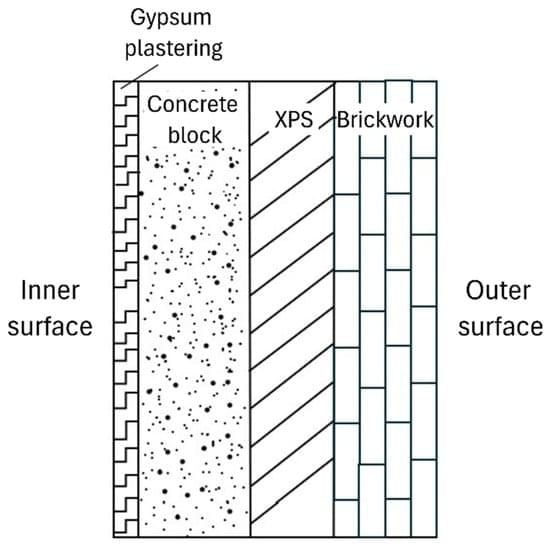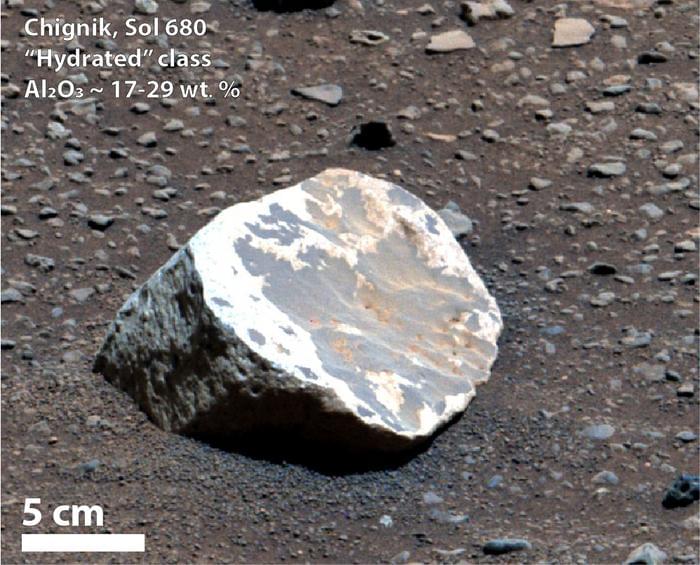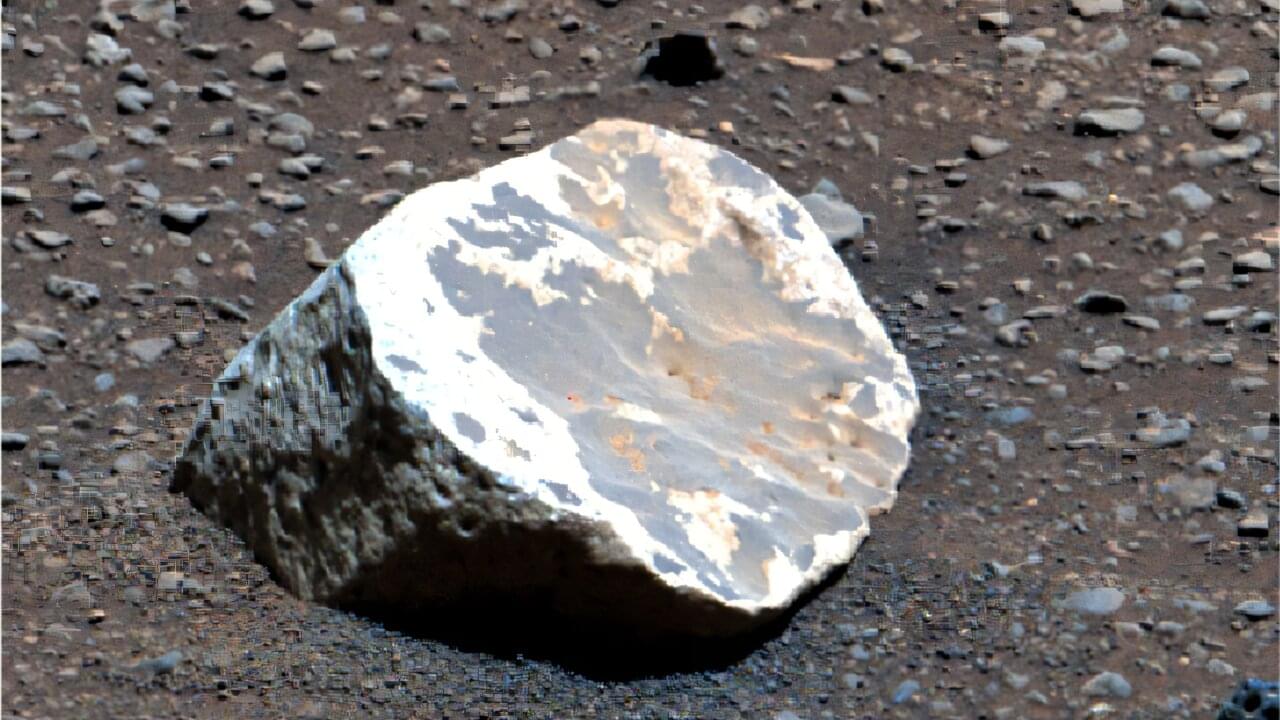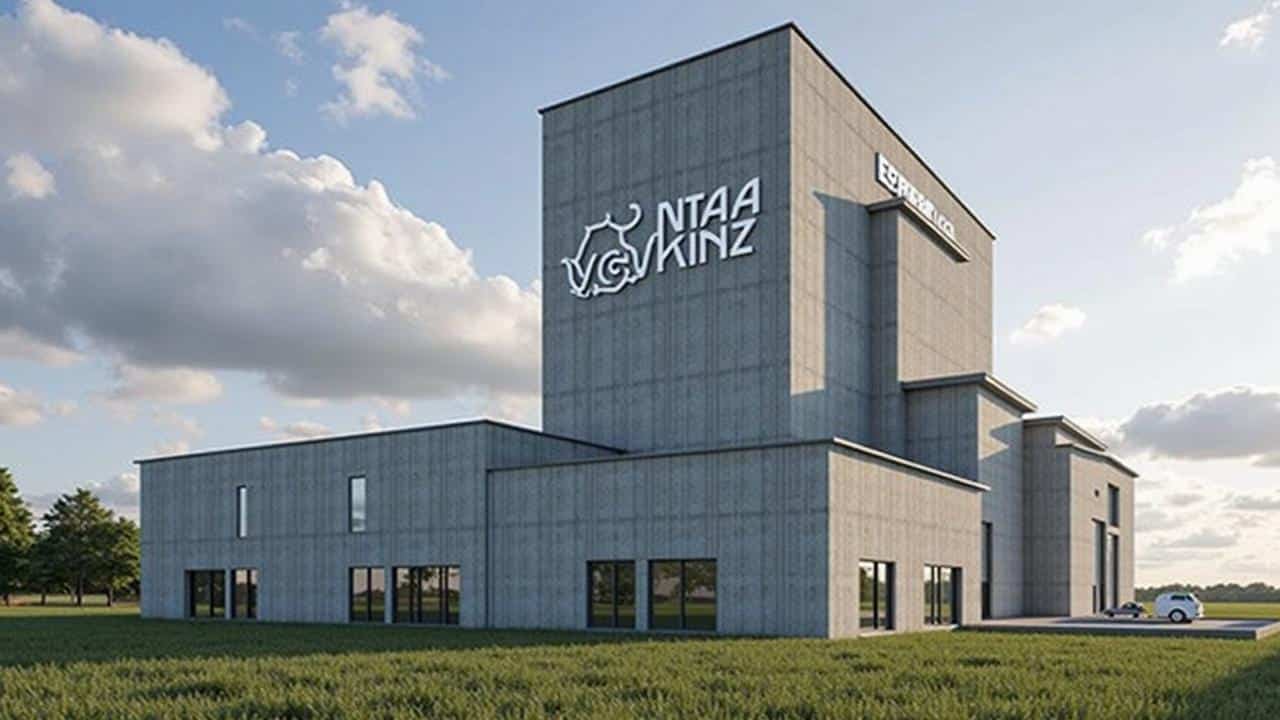The building sector accounts for nearly 40% of global energy consumption and over one-third of energy-related carbon emissions. Therefore, it is vital to adopt low-carbon design strategies. Double-Skin Façades (DSFs) offer significant potential to improve energy efficiency through the dynamic control of heat and daylight. This study evaluates the combined effects of building orientation, fixed shading devices, and adjustable blinds on the performance of DSFs across six cities representing diverse climate types: Phoenix, Stockholm, Kuala Lumpur, London, Cape Town, and Tokyo. Using a model developed in DesignBuilder, 852 scenarios were simulated with 5-min time steps over a full year. The results show that optimal orientation depends on the climate and that cooling load may be reduced up to 59%, with CO2 emission savings up to 11.7% compared to a base south-facing configuration.









